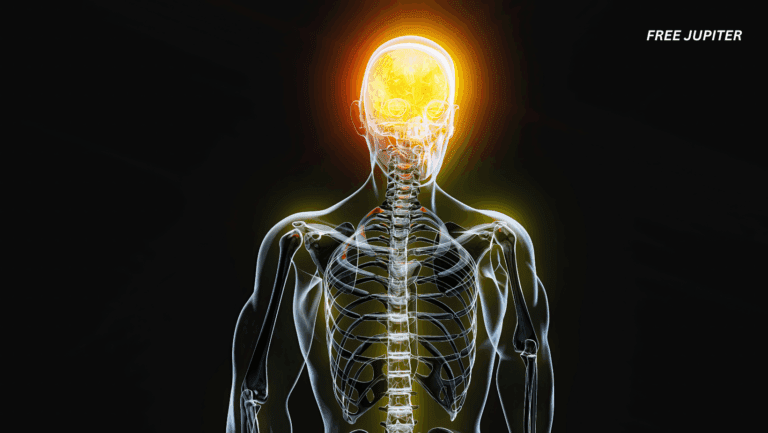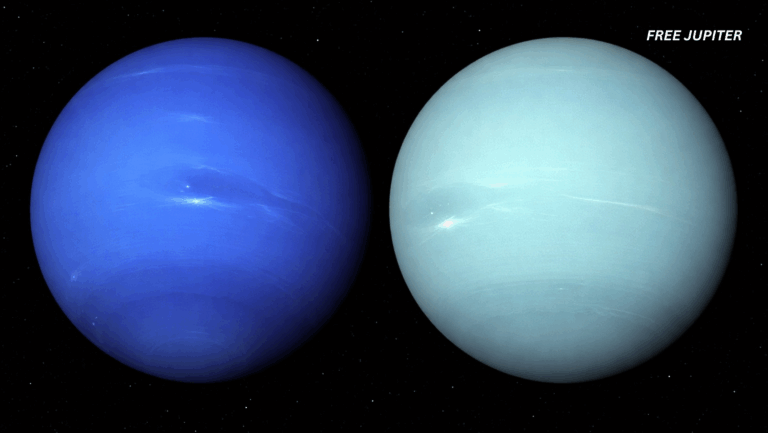Dinosaurs have a way of surprising us long after their reign ended. Each new fossil unearthed adds another brushstroke to the grand mural of prehistory, and sometimes the details are downright jaw-dropping—literally. The latest case comes from Patagonia, Argentina, where paleontologists uncovered the remains of a new megaraptor species, now named Joaquinraptor casali.
This formidable predator, measuring about 7 meters (23 feet) in length and weighing over 1,000 kilograms (2,200 pounds), wasn’t just another dinosaur filling in a blank spot on the evolutionary map. It brought with it an unexpected twist: a crocodile ancestor’s leg lodged between its teeth, offering rare and direct evidence of what these giant hunters actually ate.
Meet Joaquinraptor: The Apex Predator of Patagonia
In today’s pop culture, the word “raptor” often conjures images of the sleek, fast-moving predators from Jurassic Park. But megaraptors weren’t simply oversized versions of Velociraptors. They were a unique group of carnivorous dinosaurs that evolved in the southern continents during the late Cretaceous period, around 90 to 66 million years ago.
Joaquinraptor was among the largest of these hunters. Its body was lean but muscular, built for agility rather than sheer bulk. Unlike the heavyweight champions of the north, such as Tyrannosaurus rex, Joaquinraptor represented a different style of predation—fast, flexible, and armed with frighteningly long claws.
Without tyrannosaurs to compete with in South America, megaraptors like Joaquinraptor sat comfortably at the top of the food chain. They were the apex predators of their ecosystems, shaping the balance of life in ancient Patagonia.
Read more: Meet the Tiny Dog-Sized Dinosaur That Could Outrun Anything in the Jurassic Era
The Last Meal Mystery
The true star of this discovery isn’t just the dinosaur itself, but the strange relic lodged inside its mouth: a fossilized crocodyliform humerus, or upper leg bone. Crocodyliforms were the ancestors of modern crocodiles, and they were already formidable creatures in their own right.
The bone was found not simply near the jaws but between the lower jawbones, still in direct contact with Joaquinraptor’s teeth. Even more telling, the bone had tooth marks etched into it—clear signs of a struggle, a meal, or perhaps even both.
This raises fascinating questions:
- Did Joaquinraptor die mid-meal, with its prey still clamped in its jaws?
- Could the crocodile ancestor have fought back, leaving the predator fatally wounded?
- Or did the bone somehow wash into the dinosaur’s mouth after it was already dead?
While scientists cannot confirm the exact scenario, the evidence strongly points to a direct interaction. It seems far more than coincidence that the bone bears tooth marks matching Joaquinraptor’s own bite.
How Old Was Joaquinraptor?
By slicing into its leg bones and studying their microscopic structure, researchers estimated the dinosaur’s age at death. Much like trees form annual rings, dinosaur bones record growth in lines called LAGs (lines of arrested growth).
Joaquinraptor’s bones revealed it had lived at least 19 years—making it sexually mature but not yet fully grown. This detail tells us that the individual was still in its prime, an apex hunter just hitting its stride when fate cut its life short.
Why This Fossil Matters
Fossils are often fragmented, forcing paleontologists to reconstruct an animal’s life with more guesswork than certainty. That’s why this find is such a treasure. While not complete, it includes key parts of Joaquinraptor’s anatomy:
- Sections of the jaws and skull
- Parts of the forelimbs and hindlimbs
- Several tail vertebrae
Together, these bones make Joaquinraptor one of the most complete megaraptor specimens ever found. This allows researchers to not only add a new name to the dinosaur family tree but also gain better insight into how megaraptors lived, hunted, and evolved.
Read more: Enormous Dinosaur Fossil Discovered in China Could Challenge The Mighty T. rex
Megaraptors vs. Tyrannosaurs: A Tale of Two Hemispheres
The late Cretaceous world was divided by geography as much as by species. In the north, massive tyrannosaurs dominated ecosystems, evolving into the iconic T. rex—built for bone-crushing power. In the south, however, tyrannosaurs were absent, leaving ecological room for other predators to thrive.
This vacancy allowed megaraptors to become the apex hunters of the southern continents, particularly in South America and Australia. Their survival strategy differed dramatically from their northern counterparts:
- Tyrannosaurs invested in enormous skulls, bone-crushing jaws, and tiny, almost useless arms.
- Megaraptors, on the other hand, favored speed, agility, and especially massive forelimbs with oversized claws—weapons that could slice, grip, and tear.
This evolutionary divergence shows that there wasn’t just one path to becoming a top predator. Nature experimented with different designs depending on the environment.
The Power of the Claw
One of the defining features of megaraptors was their enlarged claws, particularly on the first and second fingers. These claws weren’t just for show—they were critical tools. Paleontologists suggest they were used for:
- Pinning prey during a chase or struggle
- Ripping into soft tissue to weaken victims
- Manipulating carcasses, perhaps to access hidden nutrients
In this sense, Joaquinraptor’s arms were its greatest assets, outclassing the stubby forelimbs of T. rex. If T. rex relied on its bite, Joaquinraptor relied on its grasping power, giving it a different but equally lethal skill set.
Patagonia: A Dinosaur Hotspot
Patagonia has long been a treasure trove for paleontology. The region’s unique geological conditions preserved fossils in remarkable detail, offering glimpses of life from the Cretaceous period.
Dinosaurs weren’t the only creatures roaming there. The environment also supported crocodile-like reptiles, early mammals, and diverse plant life. In this dynamic ecosystem, predators like Joaquinraptor kept populations in check, playing a crucial role in the balance of life.
The discovery of Joaquinraptor adds another piece to this prehistoric puzzle, showing how predators adapted in regions without tyrannosaurs and how food chains developed unique shapes depending on location.
The End of the Megaraptors
Joaquinraptor lived around 68 million years ago, placing it very close to the infamous end-Cretaceous mass extinction event. This catastrophic asteroid strike wiped out the non-avian dinosaurs, along with countless other species.
Without that cosmic collision, megaraptors may have continued to flourish, possibly even giving rise to new apex predators that could rival T. rex in fame. Instead, they joined the long list of species erased by sudden planetary upheaval.
More Than Just Science—A Story of Survival
Beyond its scientific importance, this discovery sparks the imagination. A predator with razor-sharp claws, fast reflexes, and the ability to take down crocodile ancestors seems straight out of a movie script. It’s easy to picture Joaquinraptor as the perfect Jurassic Park villain—fast enough to chase you, strong enough to rip you apart, and cunning enough to finish the job.
Yet what makes the story even more powerful is its reminder of survival and fragility. Even apex predators—the rulers of their time—were no match for the larger forces of nature.
Read more: Dinosaur Eggs in China Dated to 86 Million Years Old Using ‘Atomic Clock’ Dating Method
A Glimpse into Prehistoric Patagonia
Imagine ancient Patagonia: lush river valleys, dense forests, and sprawling plains filled with diverse creatures. Crocodile ancestors lurked in waterways, mammals scurried in the underbrush, and towering herbivores grazed on greenery. Amid this world roamed Joaquinraptor, a predator sleek enough to sprint after prey and strong enough to overpower nearly anything in its path.
And yet, despite all its evolutionary advantages, it couldn’t outlast the cosmic forces that brought the age of dinosaurs to an abrupt end.
Featured image: GPT-5o Recreation.
Friendly Note: FreeJupiter.com shares general information for curious minds. Please fact-check all claims and double-check health info with a qualified professional. 🌱










